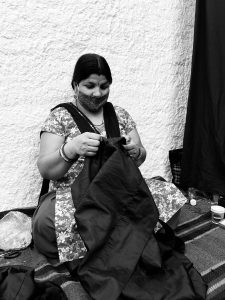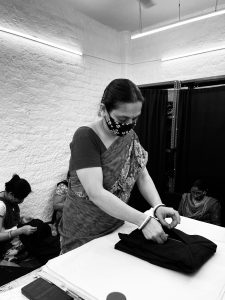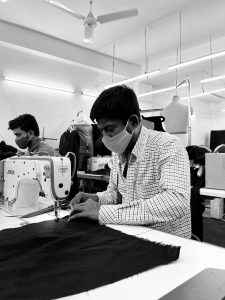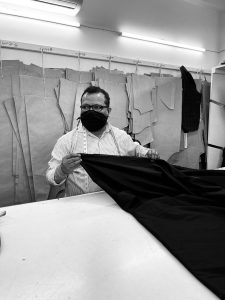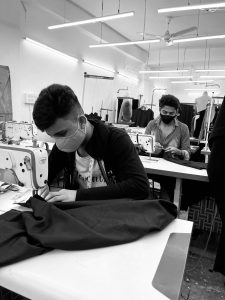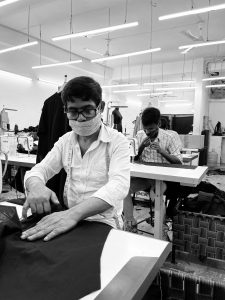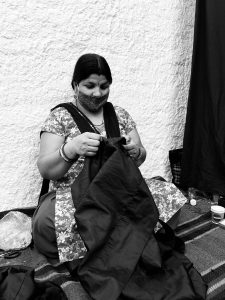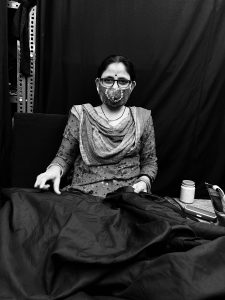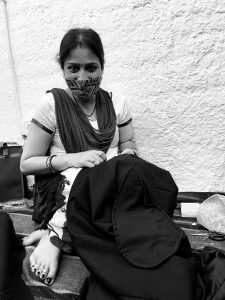Organic Cotton
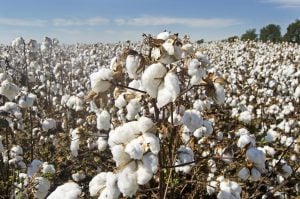
We use organic cotton in our collections as it renders the fabric soft to touch and durable. Cotton’s skin-friendly and low maintenance qualities make it one of the most preferred fabrics amongst others in the lot.
We support organic cotton that’s free of pesticides or chemically-loaded fertilizers. For this reason, we source our cotton from local suppliers who are affiliated with the BCI (Better Cotton Initiative) programme supporting sustainable practices in organic cotton farming.
See other certifications in Sustainability.
Linen
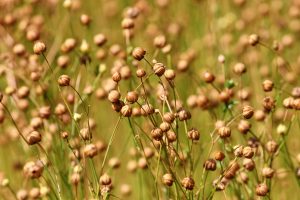
Linen has been an all round vintage favourite since time immemorial. Besides being derived from one of the strongest known fibres called flax, it also provides enough room for the air to circulate which gives it its cooling properties, making it an ideal choice for the hot and humid summers. It dries faster because of its airy fibres. Its natural anti-bacterial characteristics make it a low maintenance alternative to other fabrics like cotton as it doesn’t need as much cleaning. And because flax is 30 percent stronger than cotton, it’s also much more durable. Moreover, it’s completely sustainable and eco-friendly as its cultivation requires far less water as compared to other crops, and can grow in any type of soil.
Silk
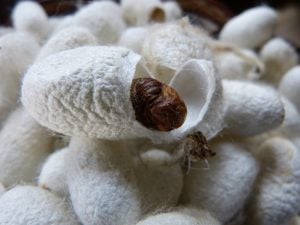
The most skin-friendly and lustrous fabric also known as the ‘queen of textiles’, silk is a luxury wanted by many. It’s derived through a process known as sericulture, which involves cultivation of the silk-worm. These worms form a cocoon which are collected and transported to the factory for spinning the thread of raw silk.
We use the Throwster Matka Silk in our collections. It’s made out of waste silk fibre on a handloom producing a rough handspun silk fabric. This organic, light-weight and versatile fabric sews easily. It has some irregularities but it only adds to its cherishable texture and makes it even more unique. We also use the traditional Chanderi silk in our creations characterized by its glossy, sheer texture and fine luxurious feel. Chanderi fabric is produced by weaving in silk and golden Zari in the traditional cotton yarn that produces a glowing shimmer effect.
Transparency or sheer texture is a unique feature of Chanderi fabric. Transparency results from the unseparated gum of the raw yarn.


